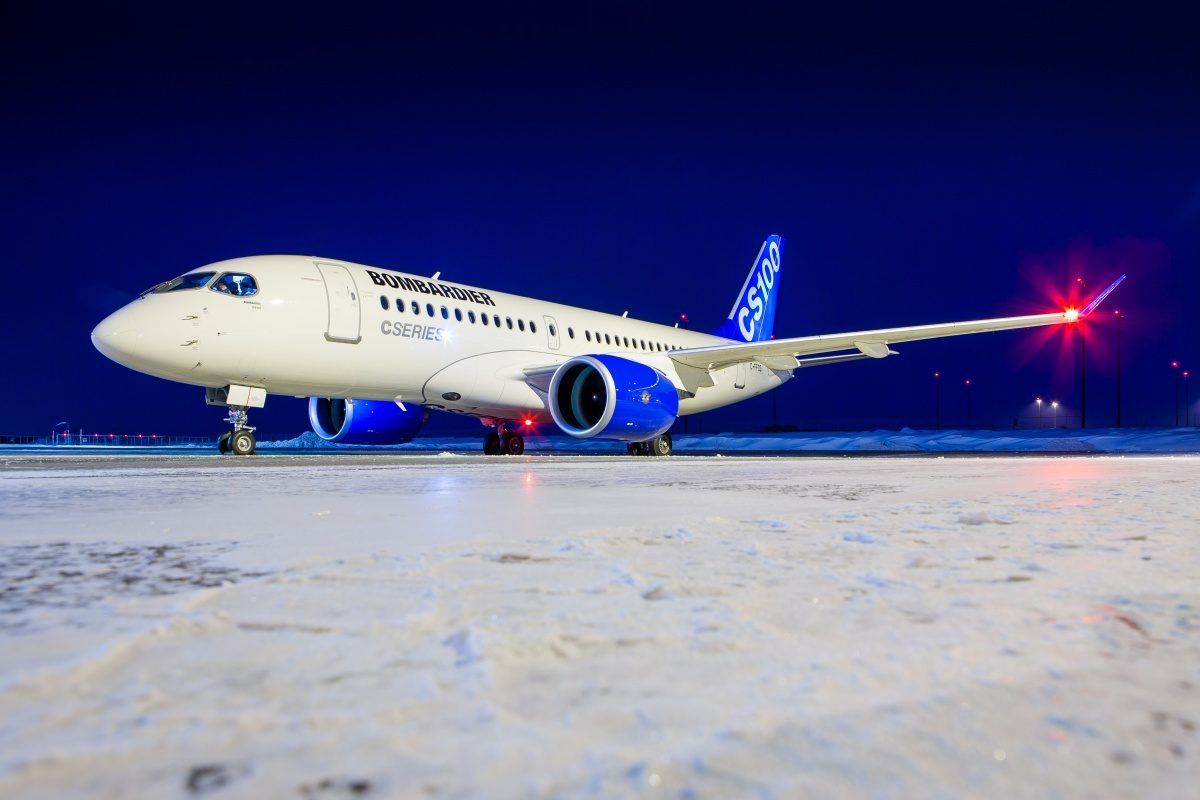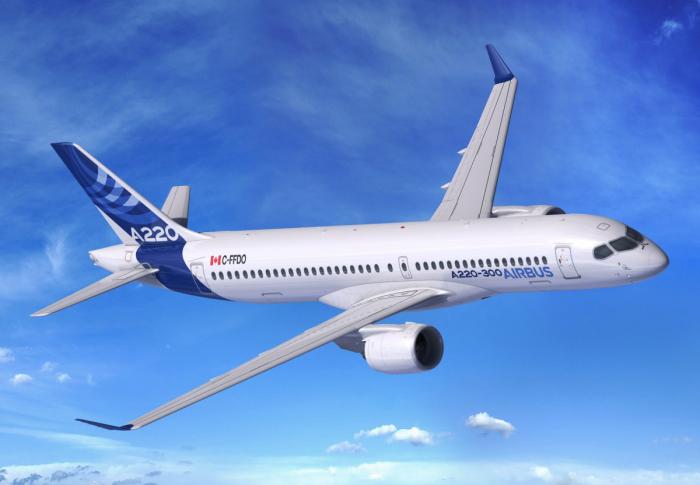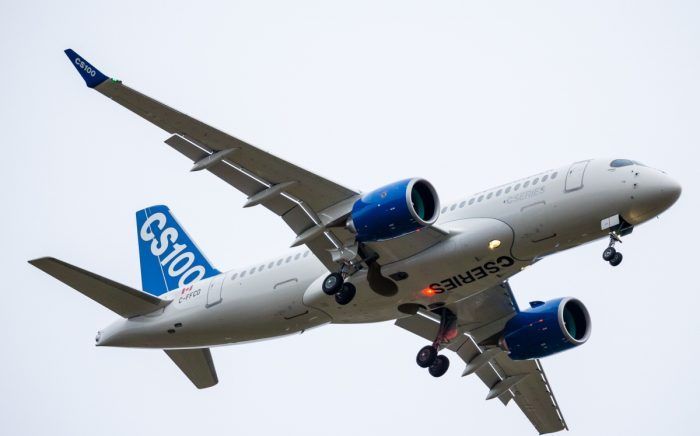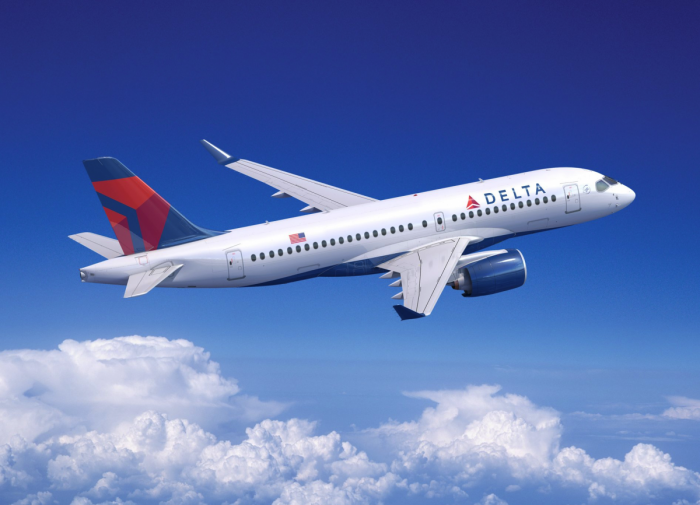Airbus rebranded the Bombardier C Series as the A220 in July last year, ending the existence of the C-Series name. While making this decision, Airbus also revealed that it had secured a large order of the aircraft destined for JetBlue. But what is the story behind the C-Series development, and how did the acquisition by Airbus come about?
The C-Series has been a highly regarded airplane for many years, catching the eye of both Boeing and Airbus during its early life. The newly rebranded A220 today offers a variety of comfort features that stand up against the best contemporary aircraft, including sizeable windows, a spacious interior, programmable mood lighting, and digital passenger service units.
51% stake
Indeed, the Bombardier C-Series was so admired by Airbus that the company was willing to take a 51% stake in the aircraft; an unprecedented move. The efficiency of the jetliner particularly appealed to Airbus, and the company decided to move swiftly in order to ensure that rival Boeing was unable to buy up the technology itself.
The decision by Airbus was certainly welcome for the Canadian manufacturer Bombardier, as the $5.5 billion that it had invested in developing the C-Series had pushed the company to the brink of bankruptcy. Bombardier was failing to meet delivery deadlines, while glitches were experienced in engines, made by American firm Pratt & Whitney.
In short, the C-Series was over-budget and in serious trouble.
So Airbus had saved the Bombardier C-Series, but had also purchased just enough of the aircraft in order to assume complete control of its future. The major aircraft manufacturer was never likely to be comfortable with allowing the name of another manufacturer to form part of its portfolio of aircraft for very long, hence the decision to almost immediately rebrand the C-Series as the A220.
A220 rebranding
As a result of the move, what was once known as the CS100 was rebranded as the A220-100, while the larger CS300 was renamed to the A220-300. The new branding of the C-Series was intended to align the aircraft with the A320neo family that has proved hugely popular for Airbus. Ultimately, the renaming of the C-Series is a rebranding exercise, intended to emphasize the world-renowned Airbus name.
And the evidence thus far is that this has been extremely successful. The chief commercial officer of Airbus, Eric Schultz, has indicated that the commercial interest from airlines in the A220 has been more than healthy. “We trust that this segment could total as many as 7,200 aircraft over the next 20 years – that’s an exciting prospect,” Schultz commented.
Commercial success
Certainly, it seems that the rebranding of the Bombardier C-Series has proved to be a financial masterstroke. As reported back in July, in its first year of trading, the A220 has been hugely successful, achieving half as many sales as Bombardier was able to push through in a decade. And with the likes of JetBlue and Air Baltic making firm orders for A220 jets, it seems that this rebranding success story is far from over.
Nonetheless, although Airbus appears to have made a smart rebranding move, the investment required to reshape the fortunes of the aircraft will be substantial. The C-Series had a backlog of 364 aircraft when Airbus took over the range, meaning that Airbus has been forced to construct new facilities in Mobile, Alabama in order to deal with demand. If Airbus is to make the C-Series profitable in the longer term, it will be forced to cut production costs, while increasing production rates; a tricky balancing act.
In the meantime, Airbus Head of Sales for the A220 project, David Dufrenois, has stated that the A220 will be “fully integrated” into the A320 family, due to its obvious physical resemblance to the A320. Airbus also has plans to introduce the Airbus Airspace cabin design into the A220.
Airbus has signaled its enthusiasm for the 100-150 seat market segment, but must now demonstrate that its bold strategy with the A220 can pay off.




